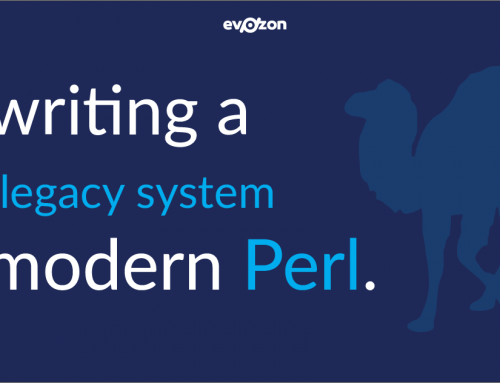Dancer2 is a powerful and flexible framework. It is a rewrite of Dancer, made easy to use and with a decent ecosystem of extensions.
With all these I was finding myself writing some pieces of code that were, more or less, the same across the application. I could not find a decent way to group them into one place and use is where needed. Worse even there was some code that I was copying from one application to the other.
The main problem with hooks, at least in my opinion, is that they are mostly the same across the applications. I was a bit reticent of placing them into an “Utility” module, given their nature as some code reference. Also because each hook is triggered at specific moments in the resolution of a request.
Also, I was interested in utilizing the same module across multiple applications and restricting its functionality to specific versions of those applications.
Here enters the Plugin system of Dancer2 into scene. After some searching and digging around, the best option would be to gather my hooks and integrate them into a plugin. You could then employ this plugin as needed throughout the rest of the application.
I will give you some examples of how this is done and how you can use it in your Dancer2 project.
packageMyApp::Dancer2::Plugin::Admin;
$MyApp::Dancer2::Plugin::Admin::VERSION= '1.5';
usestrict;
useDancer2::Plugin; useMyApp;
Here you declare that you are building an “Admin” Dancer2 plugin for your application. Set the current version of it and import needed packages.
on_plugin_import {my$dsl= shift; $dsl->prefix('/user');
$dsl->app->add_hook(Dancer2::Core::Hook->new( name=> 'before', code=> sub{my$context= shift;
returnif(! $dsl->config->{MyApp}->{admin_active});
if((! $context->session->read('user')) && $context->request->path_info=~ /admin/){ $context->session->{'redir_url'} = $context->request->path_info;
my$redir= dsl->redirect( $dsl->dancer_app->prefix . '/login');
return$redir;
} }));
}In this bit we are verifying whether a user accessing the /admin route is permitted globally at the application level. We achieve this by checking if we have activated the admin area in the config file. Then, checking if the user is logged in or the incoming request route matches the admin prefix. If not, we send it to the user login page.
We can use this simple plugin in all “Admin” files under an application by just adding the following line in every file that falls under admin scope of your application.
use MyApp::Dancer2::Plugin::Admin;
For more information regarding Dancer2 and Dancer2::Plugin you can have a look at the links above.
Article written by Alexandru Strajeriu
This article was originally published here.



